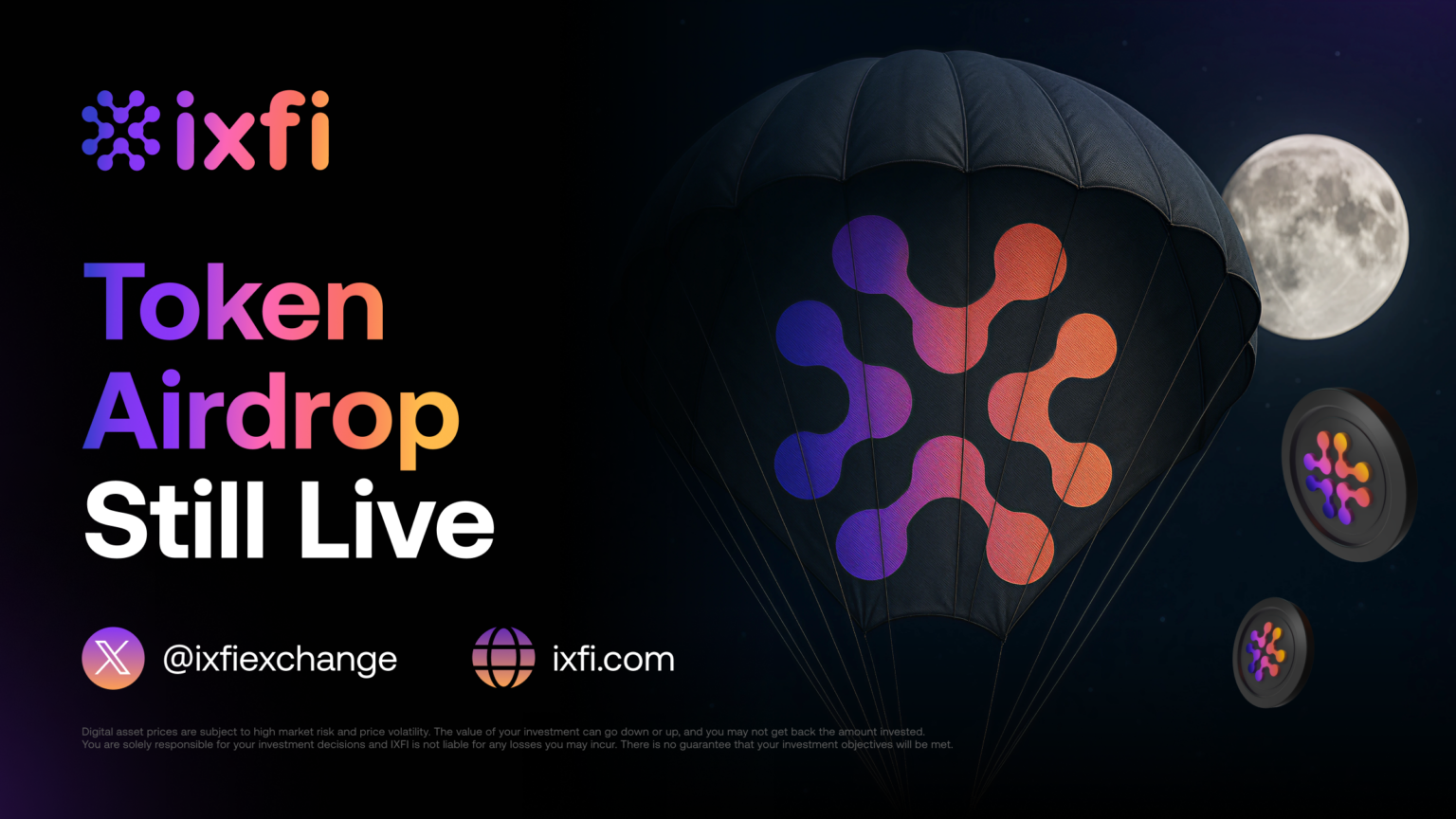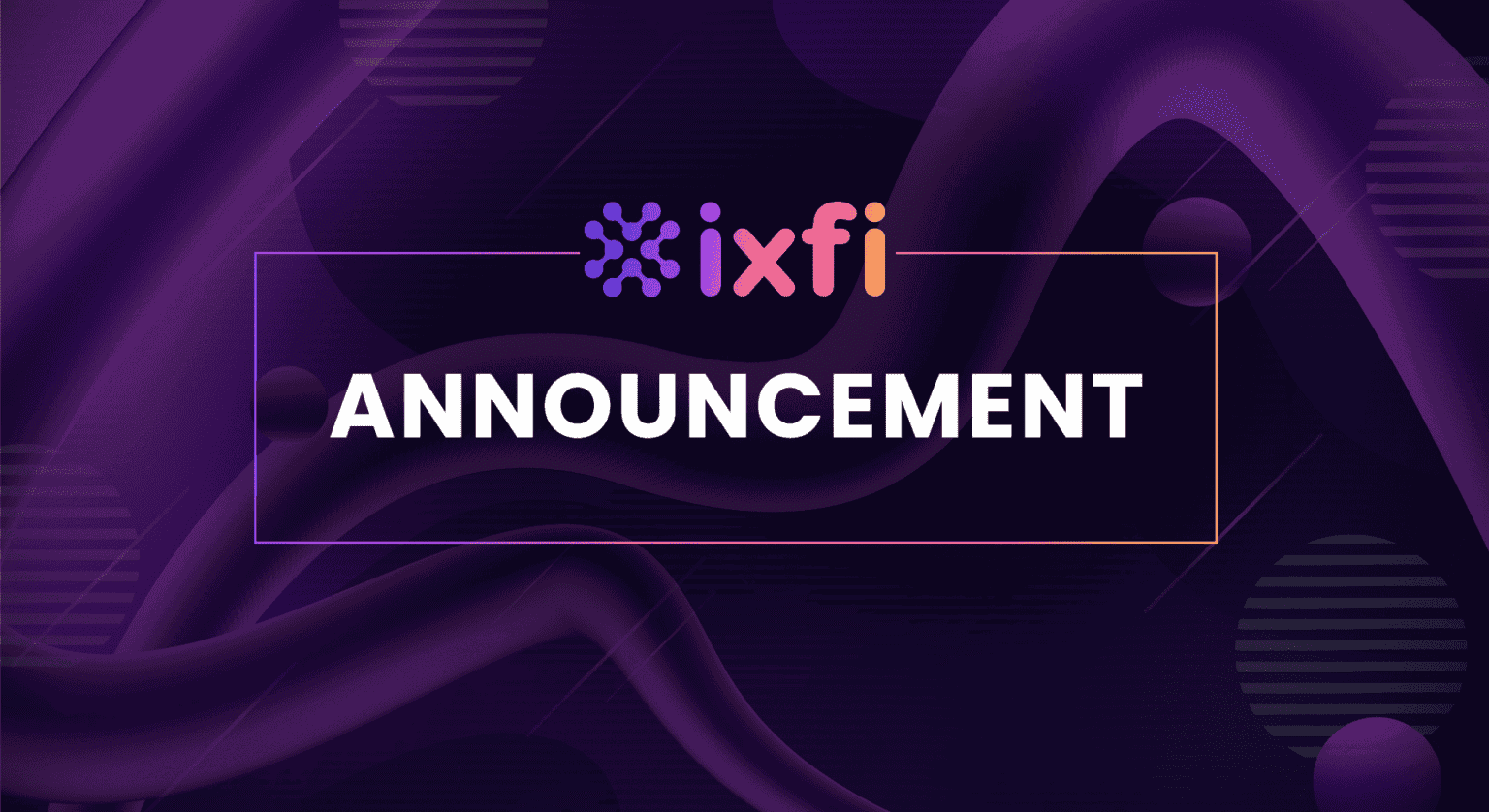When somebody mentions the word “crypto”, the immediate next thought that becomes spoken is the word “volatility”. “High volatility”, to be more precise. And this is happening because almost every news story about crypto coins announces either that the price has risen very much, or that it has fallen very much.
This high volatility is appealing to a certain number of crypto enthusiasts (mostly people with a high appetite for risk) and at the same time is repelling another category of crypto lovers: the ones that appreciate the stability and predictability they are used to that FIAT money offers.
In order to provide a solution for the latter category mentioned above, in recent years, a new branch of crypto coin has appeared: stablecoins. They are backed by traditional assets and their entire purpose of existence is to provide stability for investors. They always have a fixed value of 1 USD, 1 EUR, 1 RON, etc. and this is their biggest advantage in front of every other crypto coin.
The most famous stablecoin is Tether (USDT), which has a stable value of approx. 1 US dollar and is also available on the IXFI platform. Some other well-known stablecoin examples are Dai (DAI), Binance USD (BUSD), TrueUSD (TUSD), USD Coin (USDC), TerraUSD (UST), Digix Gold Token (DGX).
Stablecoins are meant to be an intermediate step between fiat money and traditional cryptocurrency. This means they have the stability factor combined with the freedom and utility of decentralized finances.
The primary use-cases of stablecoins are:
- protection of the emergency funds against inflation
- possibility to use the emergency funds anywhere in the world
For traditional crypto coins, the price is directly defined by the ratio between supply and demand. If the supply is bigger than the demand, the price goes down. If the demand is bigger than the supply, then the price goes up.
This is exactly what stablecoins aim to avoid. And they have found a way to do just this, because stablecoins are backed by assets from the real world: commodities, fiat currency, gold, and even other cryptocurrencies.
There are four major types of stablecoins, and I would like to share some details, about each one of them.
- Stablecoins backed by fiat currency — they are the most “famous” stablecoins and they are fixed to the value of that fiat money. Earlier we said that Tether is the most well-known stablecoin, and it has a fixed value of 1 US dollar. The trick here is the following: the issuer of Tether can only generate as much Tether as many dollars they possess. This is how they work: Tether mirrors in the virtual world, what exists in the real world.
- Stablecoins backed by other cryptocurrencies — their value is always kept proportional with the value of the other crypto that is backing it, using smart contracts. This is done automatically and there is no issuer or a central custodian. DAI is a good example of such stablecoins.
- Stablecoins backed by commodities or securities — they are somehow similar to the ones backed up by fiat currency. Therefore, there is a need for a custodian, that will manage the correlation between the stablecoin itself and the associated commodity. The most used commodity, in this use case, is gold — please see Tether Gold (XAUT) and Paxos Gold (PAXG).
- Stablecoins backed by algorithms — they use a special algorithm to maintain their price and also to track the price of a specific fiat currency. This one is also completely decentralized and does not need a custodian.
The immediate advantage of investing in stablecoins is the fact that you can use those funds in any place on earth, as long as you have an internet connection and a smartphone.
Another advantage comes from the fact that you would not have to worry about price fluctuations of the backup funds, since stablecoins are, by their nature, stable against market rises and falls.
A good place to buy stablecoins like USDT is the IXFI platform. Join Your Friendly Crypto Exchange and take your trading to the next level.
article written by Aurel Rusu — proud owner & founder @ investeo.ro
Disclaimer: The content of this article is not investment advice and does not constitute an offer or solicitation to offer or recommendation of any investment product. It is for general purposes only and does not take into account your individual needs, investment objectives and specific financial and fiscal circumstances.
Although the material contained in this article was prepared based on information from public and private sources that IXFI believes to be reliable, no representation, warranty or undertaking, stated or implied, is given as to the accuracy of the information contained herein, and IXFI expressly disclaims any liability for the accuracy and completeness of the information contained in this article.
Investment involves risk; any ideas or strategies discussed herein should therefore not be undertaken by any individual without prior consultation with a financial professional for the purpose of assessing whether the ideas or strategies that are discussed are suitable to you based on your own personal financial and fiscal objectives, needs and risk tolerance. IXFI expressly disclaims any liability or loss incurred by any person who acts on the information, ideas or strategies discussed herein.


